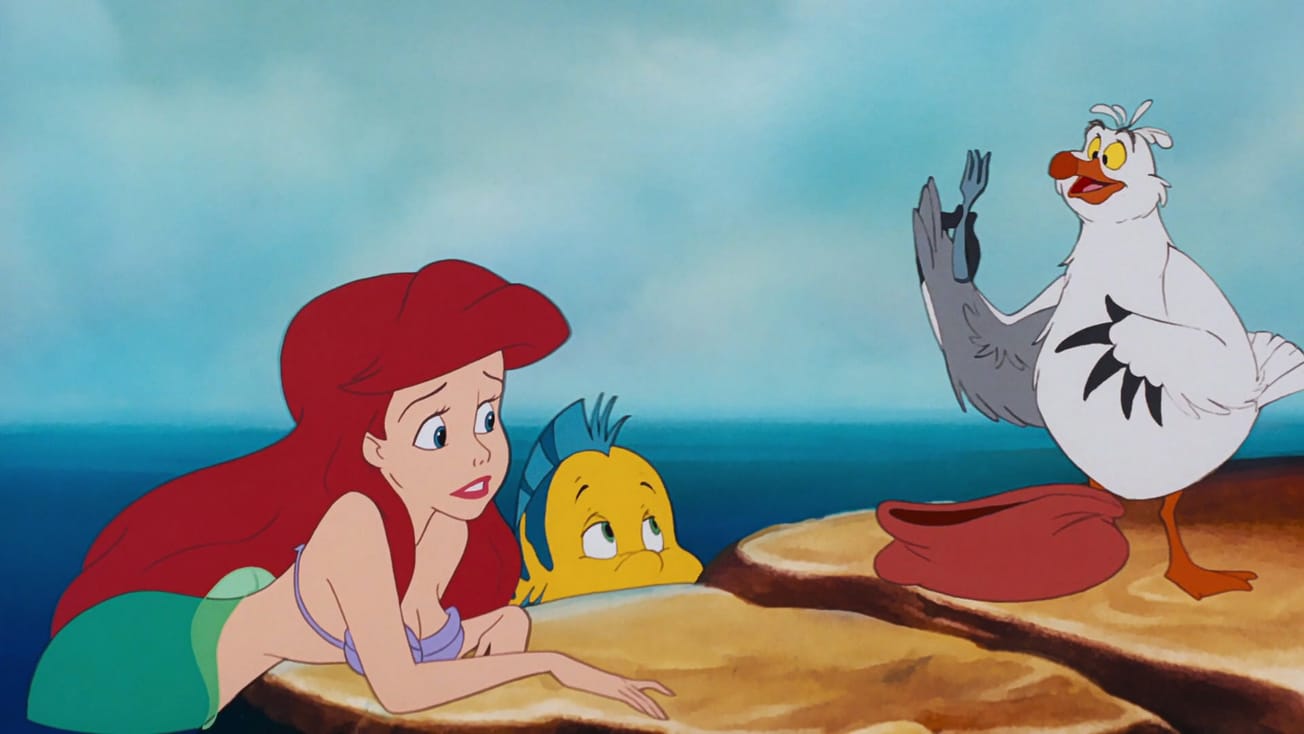By Siavash Minoukadeh, Entertainment Subeditor
Céline Sciamma's critically-acclaimed feature arrived at the Watershed Bristol as part of the French Film Festival last week, featuring a rich blend of striking cinematography, powerful musicality and exquisite performances.
Portrait of a Lady on Fire (2019) marks writer-director Céline Sciamma’s fourth feature film and has cemented her place as not just one of the finest French filmmakers or queer filmmakers but as one of the most confident filmmakers working today. Having received a number of awards at Cannes, it has since been playing at festivals around the world, coming to the Watershed as part of the Bristol leg of the French Film Festival.
What’s most striking about the film from the very start is its sheer confidence. Eschewing all the usual frivolity and set dressing that we would expect from a period drama, everything is instead stripped back to leave an austere core. There is little in the way of subplots or comic relief with almost all of the film - apart from the very beginning and end - featuring a cast of four women.
Experience cinema's greatest love story. Exclusive One-Week Engagements in New York & Los Angeles begin December 6. In Theaters Everywhere Valentines Day 2020. #PortraitMovie pic.twitter.com/kcHdcvwVF1
— Portrait of a Lady on Fire (@Portrait_Movie) November 21, 2019
There is Marianne (Noémie Merlant), a painter commissioned by The Comtesse (Valeria Golino) to paint a portrait of her daughter Héloïse (Adèle Haenel). The maid, Sophie (Luàna Bajrami) could have fallen into the trap of being a working-class character placed in the plot simply to advance the lives of the middle-class characters but she is instead richly fleshed out, with a subplot that is woven skillfully into the main events.
Watching paint dry can actually be mesmerising - line by line, colour by colour, the form of Héloïse appears
The film is ostensibly a love story but Portrait of a Lady on Fire is much more than that: the relationship between Marianne and Héloïse is as much about art as it is about love. Scenes are punctuated with close-ups of a canvas or page on which Marianne is working. Watching paint dry can actually be mesmerising - line by line, colour by colour, the form of Héloïse appears.
What makes art so compelling, the way something beautiful is created out of nothing, is captured perfectly here. Marianne makes such detailed observations of Héloïse, knowing how she will react, how she will move in any situation. The artist looks at her muse, the same way a lover would look at her partner. Art and love, Sciamma suggests, aren’t that different at all.
Why French films still have that je ne sais quoi
By art, I don’t just mean painting. One of the film’s strongest points is its use of music. Used sparingly, each piece of music has been carefully considered and is imbued with heavy symbolism. The final scene has no dialogue and simply has a Vivaldi concerto playing and yet it gave me serious, physical chills. No piece of music is wasted or simply used as filler.
This attitude applies to the film in general. The dialogue is kept barebones and the camera will linger on one spot for what feels like an unbearably long time. This isn’t high-octane cinema and it can feel jarring, uncomfortable even, to see such austere writing and cinematography but nothing is missing: each line, each frame has been carefully planned and its effect precisely calculated.
The artist looks at her muse, the same way a lover would look at her partner
The sex scenes too are neither unnessarily graphic nor prudish. The sheer force of the lovers’ desire is conveyed frankly without the film taking on a pornographic tone, a balance that is rarely struck successfully in cinema.
The ending is one of the most powerful I have seen in a long time, not simply because the scenes are so well-made but because in the final few minutes, all the small details that had featured throughout the film - seemingly throwaway lines or references - are brought back and tied together with such sharpness and intelligence to leave my jaw on the ground.
French Film and Filmmaker Favourites
Portrait of a Lady on Fire is a film that has clearly had far more thought go into it than one viewing will reveal. Already, this feels like it will spawn essays, think pieces and imitations in the years to come. There is so much to pick apart in it that writing a review of it seems almost futile: I’m assured in saying that I’ve only scratched the surface of what Sciamma has created but this makes me confident in recommending it.
Art and love, Sciamma suggests, aren’t that different at all
With a film as complex and intelligent as this, you may not be taken down the same track as me, but there is so much in there that whatever you do find, I can guarantee it will be some of the best cinema you will have seen this year.
Featured image - Watershed / Lilies Films
Are you looking forward to the release of Sciamma's groundbreaking feature? Let us know!








